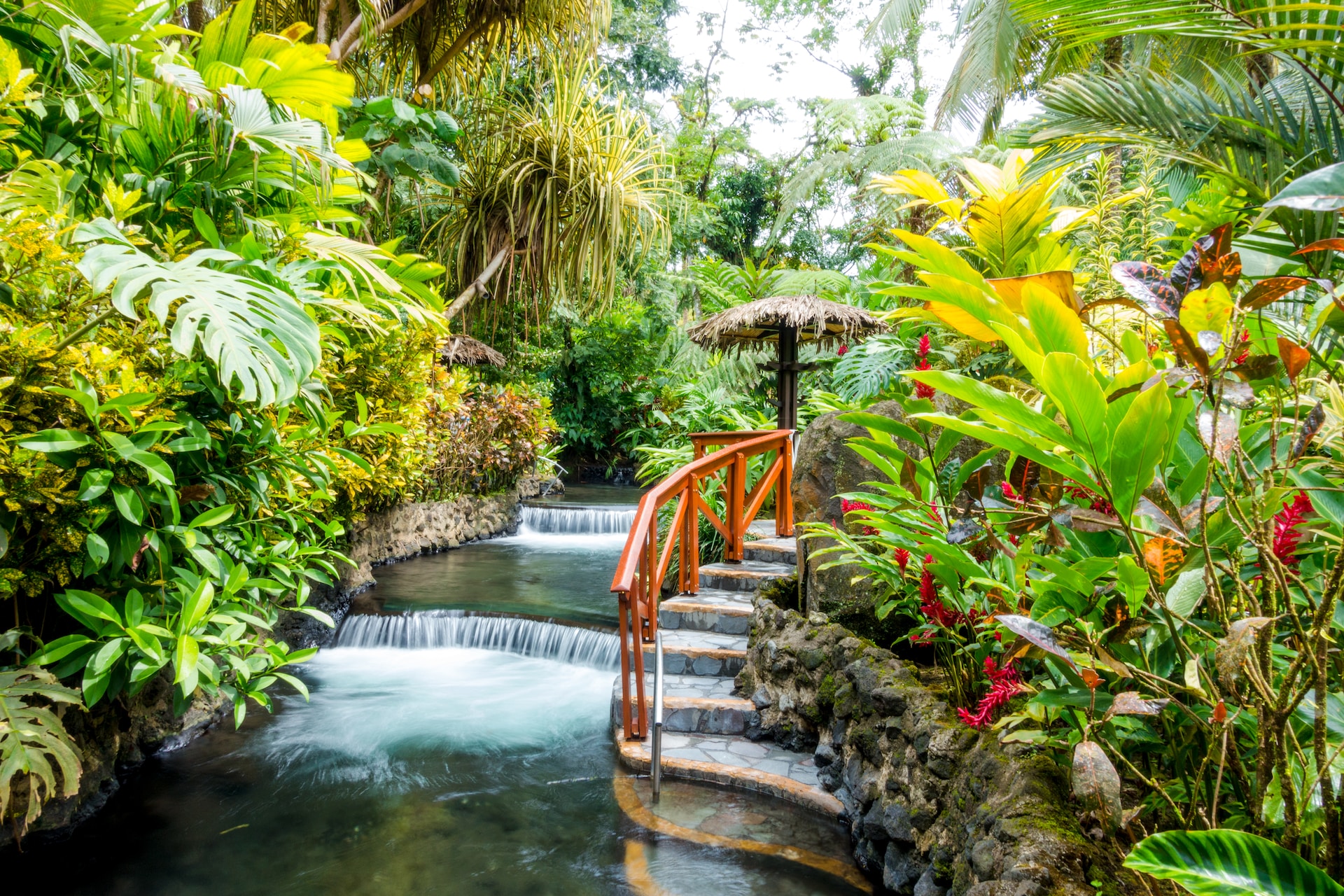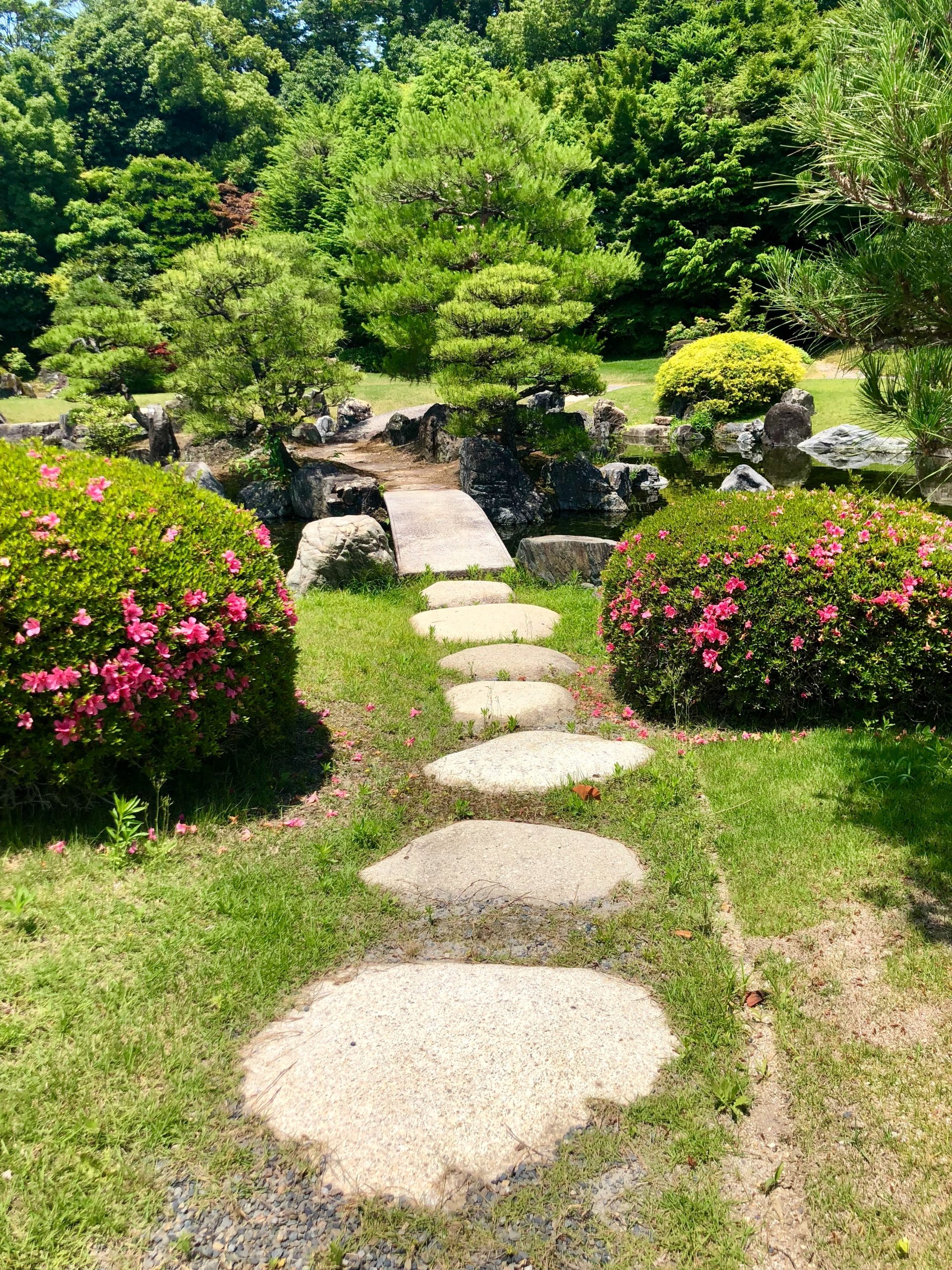Sustainable Gardening: Designing a Water-Wise Landscape
In an era marked by environmental consciousness and water scarcity, sustainable gardening practices are gaining popularity among eco-conscious gardeners. Creating a water-wise landscape not only helps preserve precious water resources but also fosters a thriving and environmentally friendly garden. In this article, we will explore the principles of sustainable gardening and provide essential tips for designing and maintaining a water-wise landscape.
Understanding Sustainable Gardening
Sustainable gardening is a holistic approach to landscaping that aims to create harmony between the natural environment and human activities. The goal is to minimize negative impacts on the ecosystem while fostering biodiversity and ecological balance. Water-wise gardening is a crucial aspect of sustainable practices, especially in regions prone to drought and water shortages.
Planning Your Water-Wise Landscape
A successful water-wise landscape begins with thoughtful planning. Start by assessing your garden’s specific needs and limitations. Consider factors such as climate, soil type, and available water sources. Mapping out your garden and identifying sunny and shady areas will help you choose the right plants for each zone.
Design your landscape with an emphasis on water conservation. Group plants with similar water requirements together to avoid overwatering and underwatering. Incorporate hardscapes strategically to minimize water runoff and maximize water absorption into the soil.
Choosing Drought-Resistant Plants
Selecting the right plants is the cornerstone of a water-wise garden. Opt for drought-resistant species that have adapted to your local climate. Native plants are an excellent choice, as they are naturally acclimated to the environment and require less water once established. Additionally, consider using indigenous wildflowers, which not only conserve water but also attract essential pollinators to your garden.
Incorporate a variety of plants with different heights, textures, and colors to create an aesthetically pleasing and biodiverse landscape. Mixing ornamental plants with edible ones, such as herbs and vegetables, adds functionality to your garden while supporting a sustainable lifestyle.

Efficient Irrigation and Water Conservation
Watering practices play a vital role in sustainable gardening. Embrace water-saving techniques like drip irrigation, soaker hoses, or micro-sprinklers, which deliver water directly to the root zone, minimizing evaporation and runoff. These methods can significantly reduce water wastage while ensuring that plants receive the necessary moisture.
Consider installing a rainwater harvesting system to capture and store rainwater for later use. Harvested rainwater can be used for watering plants during dry spells, reducing reliance on municipal water sources and saving money on utility bills.
Mulching is another effective way to conserve water in your garden. Apply organic mulch around plants to retain soil moisture, suppress weeds, and regulate soil temperature. Mulch also improves soil structure over time, benefiting the overall health of your garden.
Eco-Friendly Maintenance Practices
Sustainable gardening extends to garden maintenance. Avoid using chemical fertilizers and pesticides that can harm beneficial insects and disrupt the ecological balance. Instead, opt for organic fertilizers and natural pest control methods, such as introducing beneficial insects or using companion planting techniques.
Regularly inspect your garden for signs of pests or diseases, and take prompt action to address any issues before they escalate. Prune plants as needed to promote airflow and prevent the spread of diseases.
Conclusion
Designing and maintaining a water-wise landscape is a rewarding journey towards sustainable gardening. By understanding the principles of water-wise gardening, selecting drought-resistant plants, implementing efficient irrigation techniques, and adopting eco-friendly maintenance practices, you can create a thriving garden that harmoniously coexists with nature. Embrace sustainable gardening as a way to make a positive impact on the environment, conserve water resources, and contribute to a greener and healthier planet for future generations.










